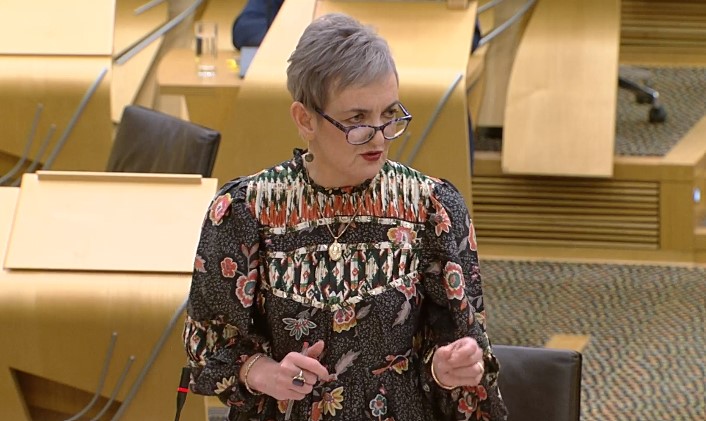
The number of suspected drug deaths in Scotland in the first six months of this year has dropped by 22% compared to last year.
In experimental statistics released by the Scottish Government as a result of the drugs death crisis, the number of suspected drug deaths in Scotland in the first six months of 2022 was 562, a drop of 160 when compared to the same period last year.
The figures are based on operational data from Police Scotland, which is not as reliable as official statistics.
Greater Glasgow police division reported the highest number of suspected drug deaths with 103, followed by Edinburgh with 70 and Lanarkshire with 57.
Drugs minister Angela Constance extended her “deepest sympathy” to those affected by drug deaths, adding: “The latest quarterly report on the number of suspected drug deaths indicates that in the first six months of this year there was a 22% fall on the same period in the previous year.
“However, I am aware that this report on suspected drug death uses management information provided by Police Scotland and is based on attending officers’ observations and initial enquiries at the scene of death.
“The numbers we are seeing are still far too high and we remain focused on our ongoing efforts to get more people into the form of treatment which works best for them.
“I remain determined that the additional £250 million we are investing in tackling this public health emergency will make a difference and we will continue to prioritise our efforts to turn this crisis.”
Scottish Labour drugs spokeswoman Claire Baker said: “This heart-breaking report shows far too many people in Scotland are still losing their lives to drugs.
“There is no room for complacency – every single one of these deaths is preventable and every single one is a tragedy.
“It is almost three years since the SNP Government declared this a public health emergency yet 3,000 more people have died since then.
“The responsibility for the drug deaths crisis lies squarely with the Scottish Government. It is time for them to use every power at their disposal to fully drive down the number of deaths and get those at risk the help they need.”







